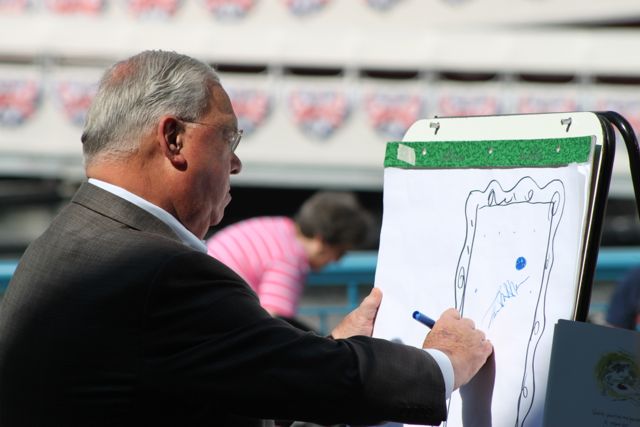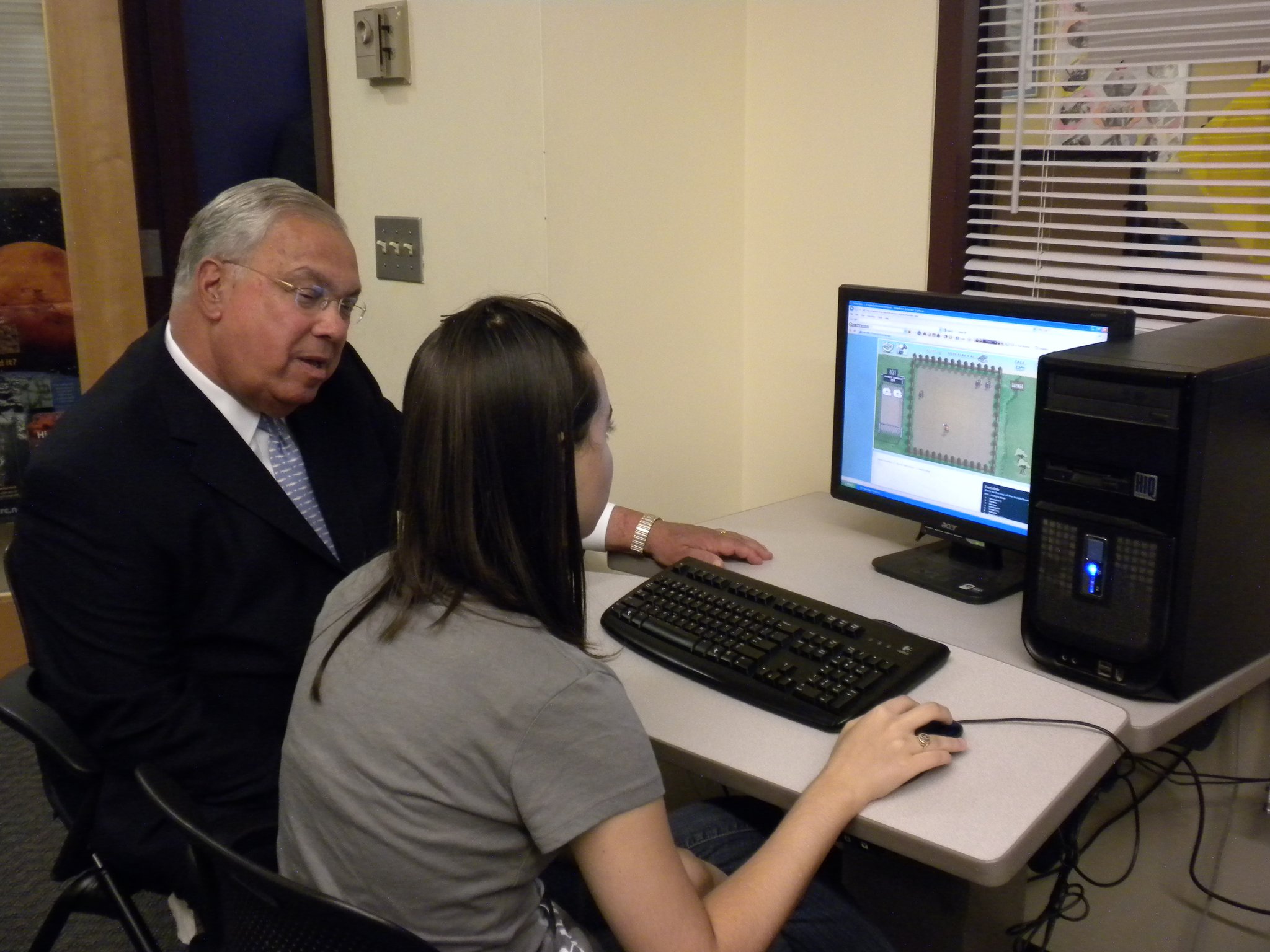This is a special year for FableVision. We’re celebrating 20 years of designing and developing a wide array of engaging media that have inspired, taught, and moved people to action. Behind this mission-driven company is a team committed to creating positive media to help move the world to a better place. This special series highlights some of our crazy-talented artist-friends we've worked with over the past 20 years. To help us celebrate our 20th anniversary, we asked each of them to put their own spin on a FableVision logo.
Read up on all our anniversary celebrations on our website here and stay tuned for more updates from the Drawing from Memory series!
Scott Magoon is the author-illustrator of Breathe, a Kirkus Reviews Best Read Aloud, a Huffington Post Best Book of 2014, and Chicago Public Library Best Book of 2014; and The Boy Who Cried Bigfoot. Among the many books he has illustrated is Mostly Monsterly by Tammi Sauer.
As a native New Englander, Scott has been writing and illustrating books for young readers since 2007. He has designed and art directed books for children since 2003 formerly for Candlewick Press and currently for Houghton Mifflin Harcourt. He lives in the Boston area with his wife and two sons.
Scott Magoon
Tell us about the logo you designed:
For me, FableVision was always a melting pot of art (both traditional and digital), technology, animation, learning, camaraderie, following your North Star—and most of all, enjoying the journey. I wanted this logo to capture some of that.
What's your favorite FableVision memory?:
I look back on my brief time at FableVision very fondly. I think the best memories are the ones that involve my coworkers with whom I worked so closely: Dave Tilton, Noah Jones, and Matt Smith in particular...but also John, Peter, Paul, Bill, Karen, Kelly, and so many others. I know we all loved Peter's (and sometimes Noah’s) illustrated envelopes every other week for sure! Seriously though...best part had to have been the camaraderie. Loved working in that studio environment with those incredibly talented people.












































